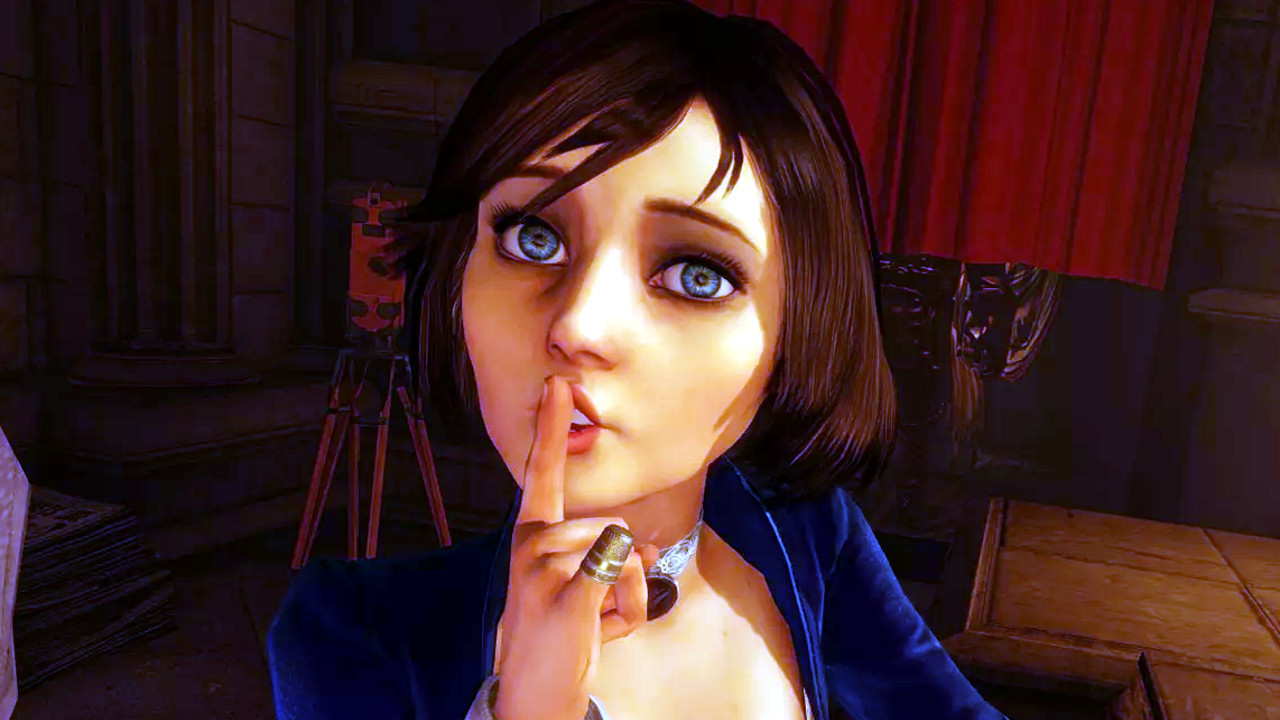The perfect game for the longest night of the year: here's how The Long Dark got Early Access right
Light is overrated anyway...
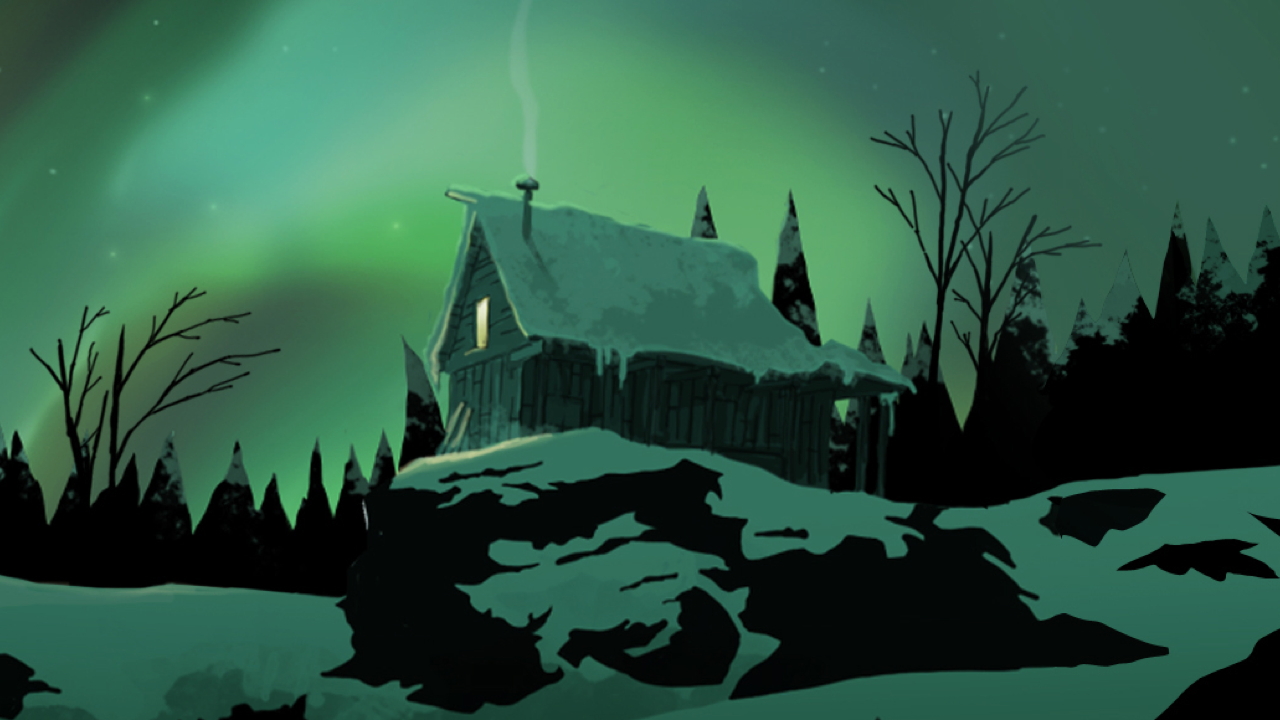
In early 2013, Hinterland Studio creative director Raphael van Lierop began building the team for what would become one of the indie-survival genre’s greatest successes: The Long Dark. Now officially out of Early Access with the release of WINTERMUTE, Season One of the game’s story mode, The Long Dark has sold more than 1.3m copies and garnered positive reviews from fans worldwide.
As the protracted nights of winter stretch to their peak today with the winter solstice, the harsh, snowy landscapes of The Long Dark perfectly embody the season.
The business of funding games has changed - again. After the Kickstarter revolution brought the dream of multi-million dollar budgets to indie development, a string of high-profile failures, unfulfilled promises and straight up con jobs has left the platform in a strange place. With AAA publishers unwilling to relinquish creative control and take risks, and crowdfunding the whole cost of development up-front now a less viable option, developers turned to a new scheme: Steam Early Access.
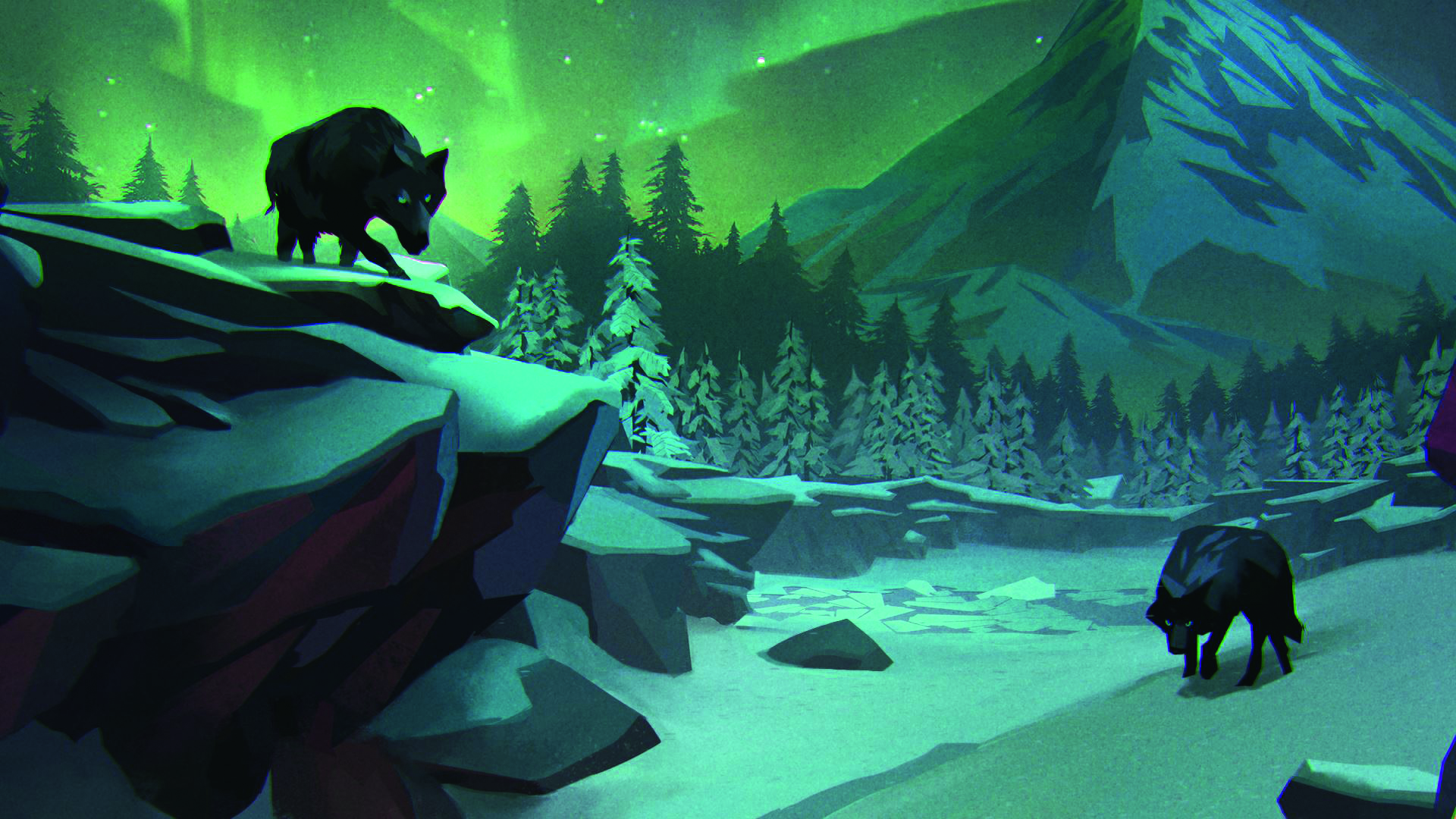
On the face of it, Early Access was a win-win. It let developers generate sales on the strength of their ideas before they were finished, allowing them the funding they needed. But it also gave players instant access to alpha code - something they could actually play for their money - as well as the excitement of helping to shape a work-in-progress.
But this too was not without its difficulties. Many of the service’s highest profile games function in a perpetual state of beta with no end in sight. While others have implemented premium microtransaction economies or full-priced DLC for a base game that’s yet to be properly released.
Try before you buy
Hinterland took advantage of Kickstarter, Early Access and Xbox Game Preview, as well as YouTube and Twitch, navigating the pitfalls of these newer funding and marketing methods without succumbing to the traps that saw other projects fail - as its uncompromising brand of calorie-counting survival in the Canadian wilderness gained a dedicated and enthusiastic audience.
With a talented team working remotely, Hinterland built an alpha of The Long Dark with a repayable loan from the Canadian Media Fund. Using this foundation, it took the game to Kickstarter, where almost 7,000 backers pledged over $250,000CA to bring van Lierop’s vision to life.
Sign up to the GamesRadar+ Newsletter
Weekly digests, tales from the communities you love, and more
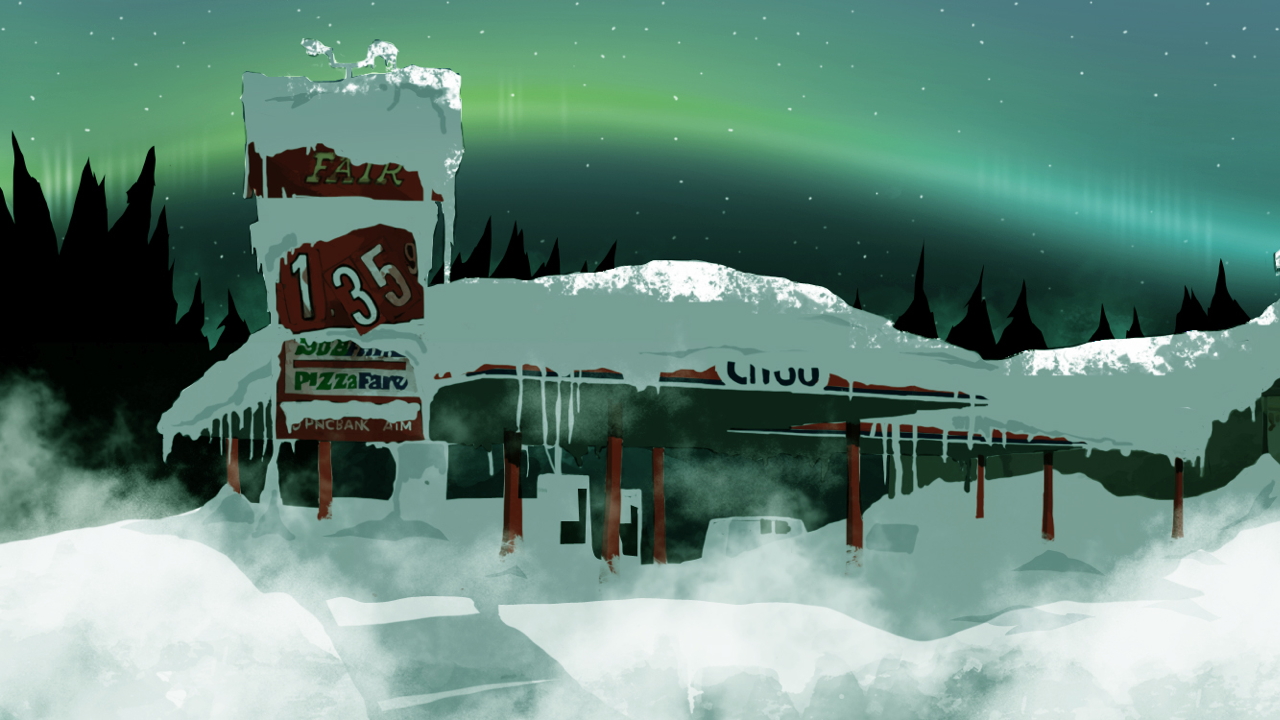
Many projects never made it that far. Hinterland was smart enough to set itself an attainable goal, something which can’t be said of some major crowdfunding misfires. Games like The Black Glove, a surrealist first-person adventure from a team of developers behind BioShock and BioShock: Infinite, failed to meet its lofty $550,000 goal - despite the star power of one of gaming’s greatest franchises behind the campaign.
Clarity of vision is also exceptionally important. Kickstarted games like Shovel Knight which laid out a plan and executed it perfectly set the standard as something truly special. Games like Mighty No. 9 however, which released in June 2016 after years of tortured development, were a massive disappointment.
Lessons learned
Hinterland has tried to stay true to its original promises, without limiting The Long Dark’s evolution. The team has over-delivered on gameplay length - the first two story episodes last over 15 hours, when the whole season was planned at four-to-six - and given greater emphasis to sandbox mode, but the underlying themes of The Quiet Apocalypse and bush pilot Will MacKenzie’s story were there from the beginning.
“Yeah it’s funny – I happened to look at our original Kickstarter pitch recently and was pretty surprised to see how true we’ve stayed to those original promises,” van Lierop explains.
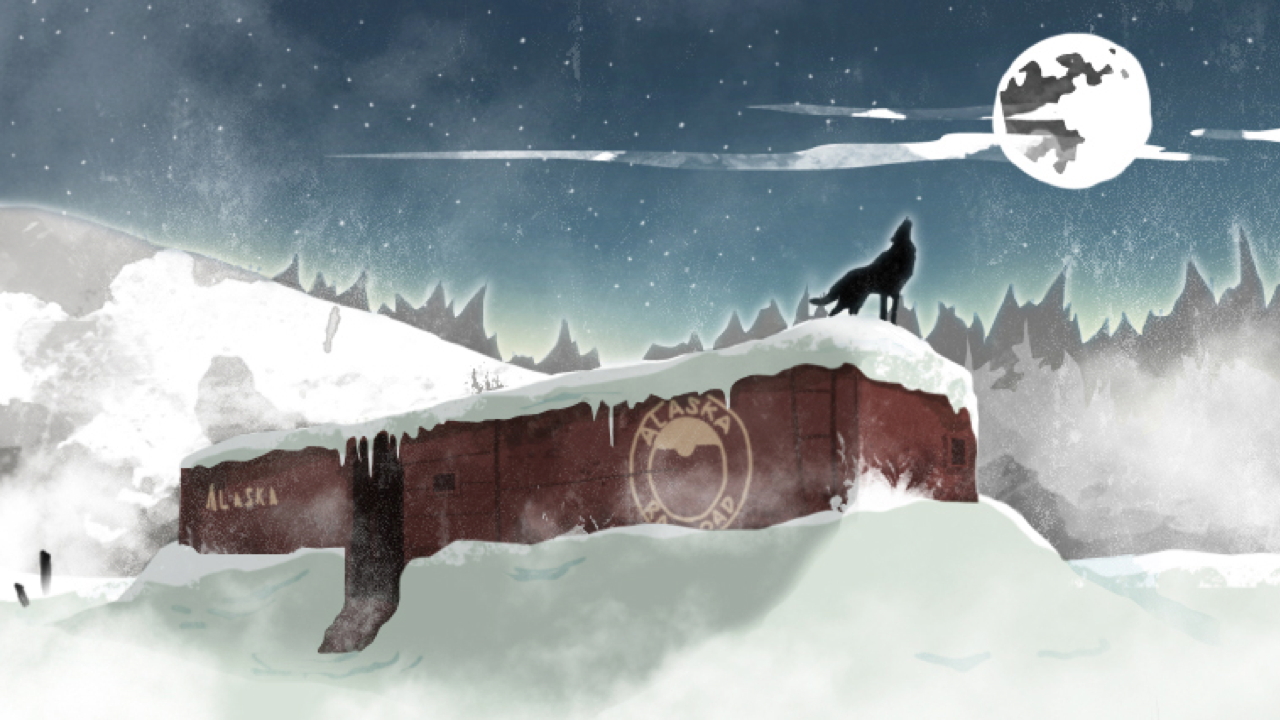
“There are some areas we haven’t quite hit the mark on (though the game isn’t finished, and I believe we’ll still get there), and other areas where we far exceeded our original scope and plans, primarily due to the game’s success on Early Access and Game Preview. But the heart and soul of The Long Dark was already there back in 2013.”
But even with the lessons of hundreds of projects as a guide, Kickstarter triumph isn’t as simple as following in their footsteps.
“Everything we read about Kickstarter in games now is that the funding and interest just isn’t there,” says van Lierop.
“I think perhaps that Kickstarter for video games was the result of a moment in time, a transitional step between that kind of crowdfunding, and other new equity-based models such as what you see on Fig, to direct community alpha funding through platforms like Early Access and Game Preview.”
Hinterland then set about delivering the game it’d promised. But as he searched for a way to get greater feedback on his work, van Lierop heard about Early Access from friend and Klei Entertainment founder, Jamie Cheng. Cheng had taken his game, Don’t Starve, to Early Access that year and found a thriving playerbase of willing testers. Hinterland decided to give it a shot - a move that would prove particularly savvy.
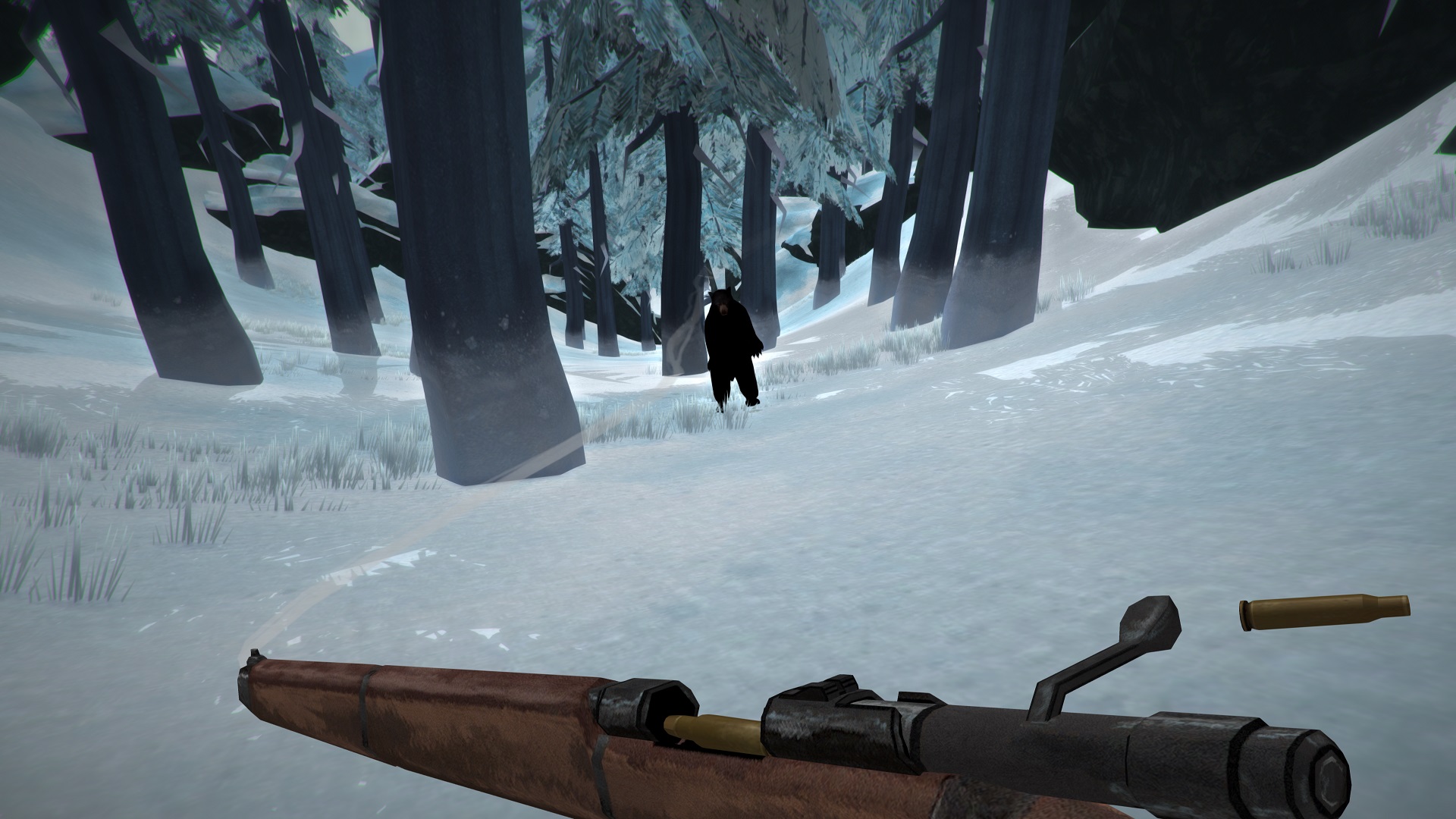
“We had a small pool of testers from our Kickstarter,” van Lierop remembers, “but most of those players wanted to wait until the story was finished before they played anything, so we thought – maybe we can separate the core survival mechanics of the game from the narrative layer, and just playtest that.
“We really had no idea the game would do well on Early Access. We originally thought we’d get a few thousand extra playtesters and a few months of player data and then launch the game fully. But instead, the stripped down sandbox became really popular, and that success in its own way shifted our priorities. We realized we had something potentially a lot bigger on our hands, than this little niche survival game set in Canada. So that’s where The Long Dark really took off.”
Survival of the fittest
Suddenly, Hinterland now had a large and growing audience who loved the sandbox mode and, emboldened by the reception, began to expand The Long Dark’s scale, adding new depth to the mechanics and story.
However, this newfound player enthusiasm for the survival-only version of The Long Dark proved addictive, with van Lierop and his team finding it difficult to focus on story work between satisfying a community hungry for sandbox updates.
As they worked tirelessly throughout their Early Access development, Hinterland still felt that it was fighting an uphill battle for legitimacy with some players, and the mainstream gaming press.
Hinterland’s answer to this was to invest every dollar it made back into the experience, so no one could accuse them of taking the money and running - allegations of which aren’t unheard of in the world of Early Access, even with games from well known studios. At the end of 2014, frequent crowdfunders Double Fine Entertainment cancelled work on space-sim Spacebase DF-9 with many features yet to be implemented, saying sales were too poor to continue. Then in 2016, Nosgoth, a multiplayer action game from Square Enix and Rocket League developer Psyonix, was cancelled just as it was supposed to leave Early Access.
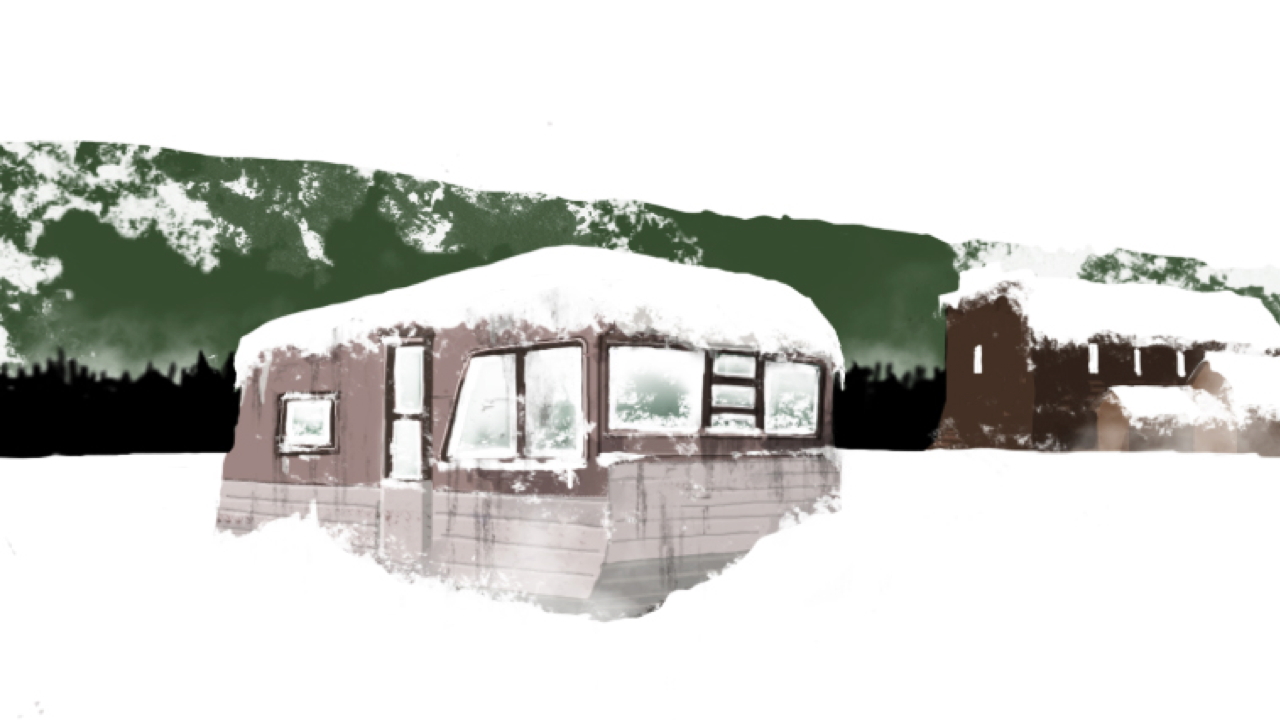
“We worked very hard to ship stable and high-quality updates,” van Lierop says plainly. “So that even if our players didn’t always agree with our decisions, they could see that we’d built things with care and passion and respect for our players. We don’t always get it perfect, and our launch is a good example of where we’ve stumbled, but hopefully our players can see how much care and love we’ve poured into the game. And these content and feature updates are all coming for free, for all players who bought the game during Early Access or since launch.”
So although The Long Dark is officially out, 1.0 is not the end for Hinterland. New core features are slated for upcoming story episodes and Early Access promises like greater biodiversity and refinements to the cooking system have not been forgotten. Just this month, the first major update since the release of WINTERMUTE brought moose to The Long Dark’s survival mode, as well as a new save system and a selection of difficulty levels to the story experience.
“We’re constant tinkerers so I think it’d be hard for us to stop working on the core survival mechanics,” adds van Lierop, “and we’ve also started thinking about how to adapt our core gameplay to other experiences.
“We may not be able to change our Metacritic scores,” he says. “But it won’t stop us from continuing to improve the game until we get it to a place where our players are happy with it.
“We’ll be taking as much time as we can to get it right.”
